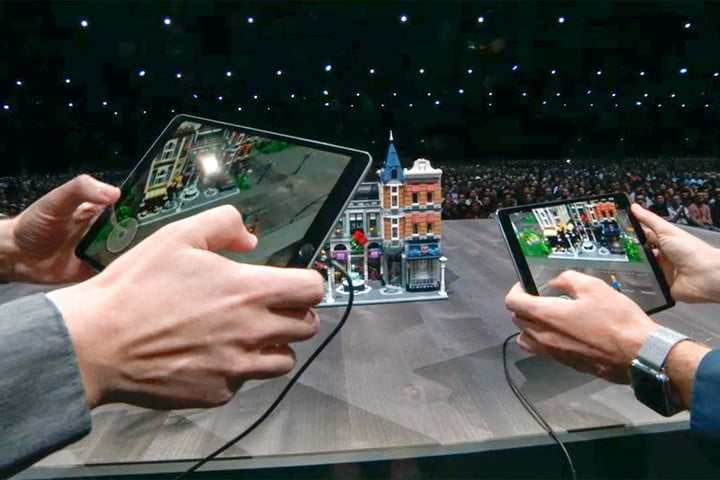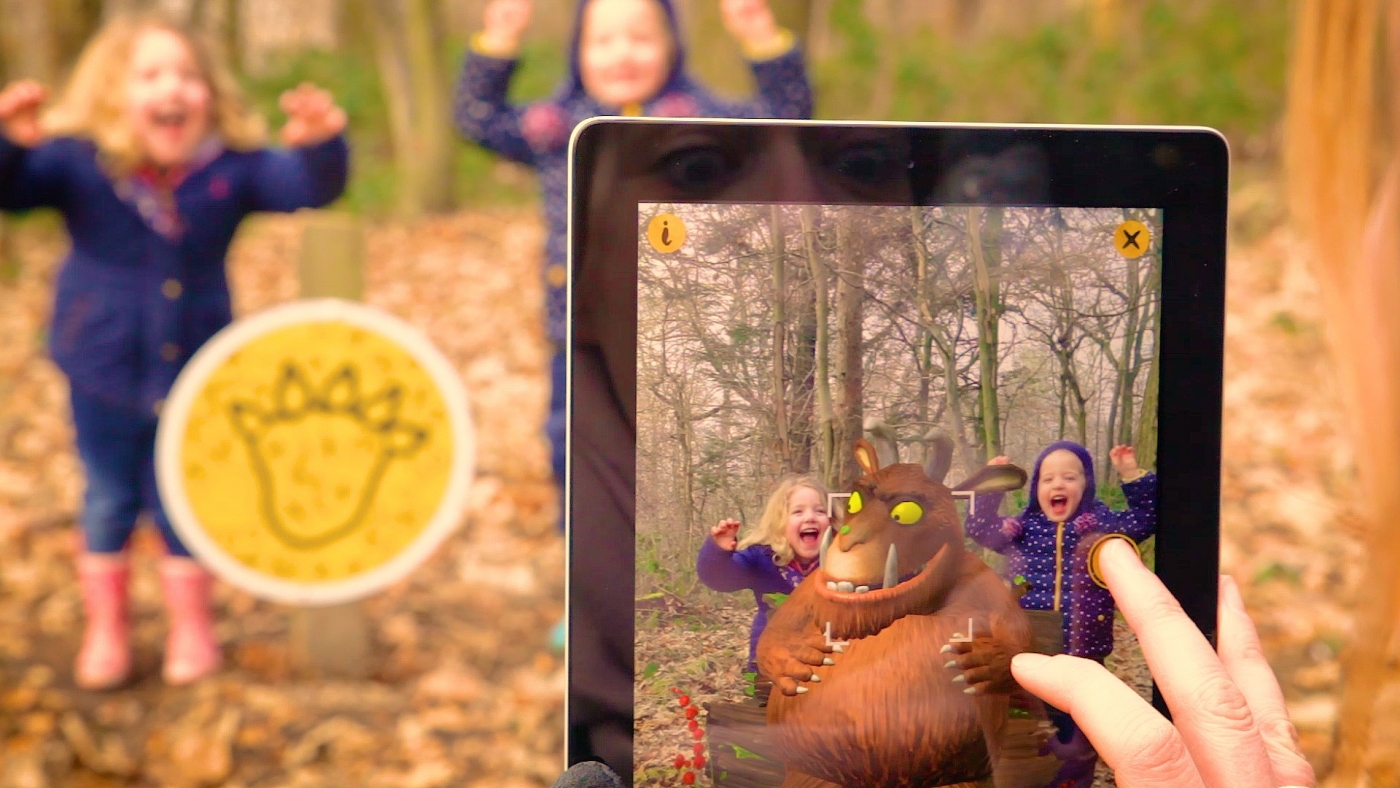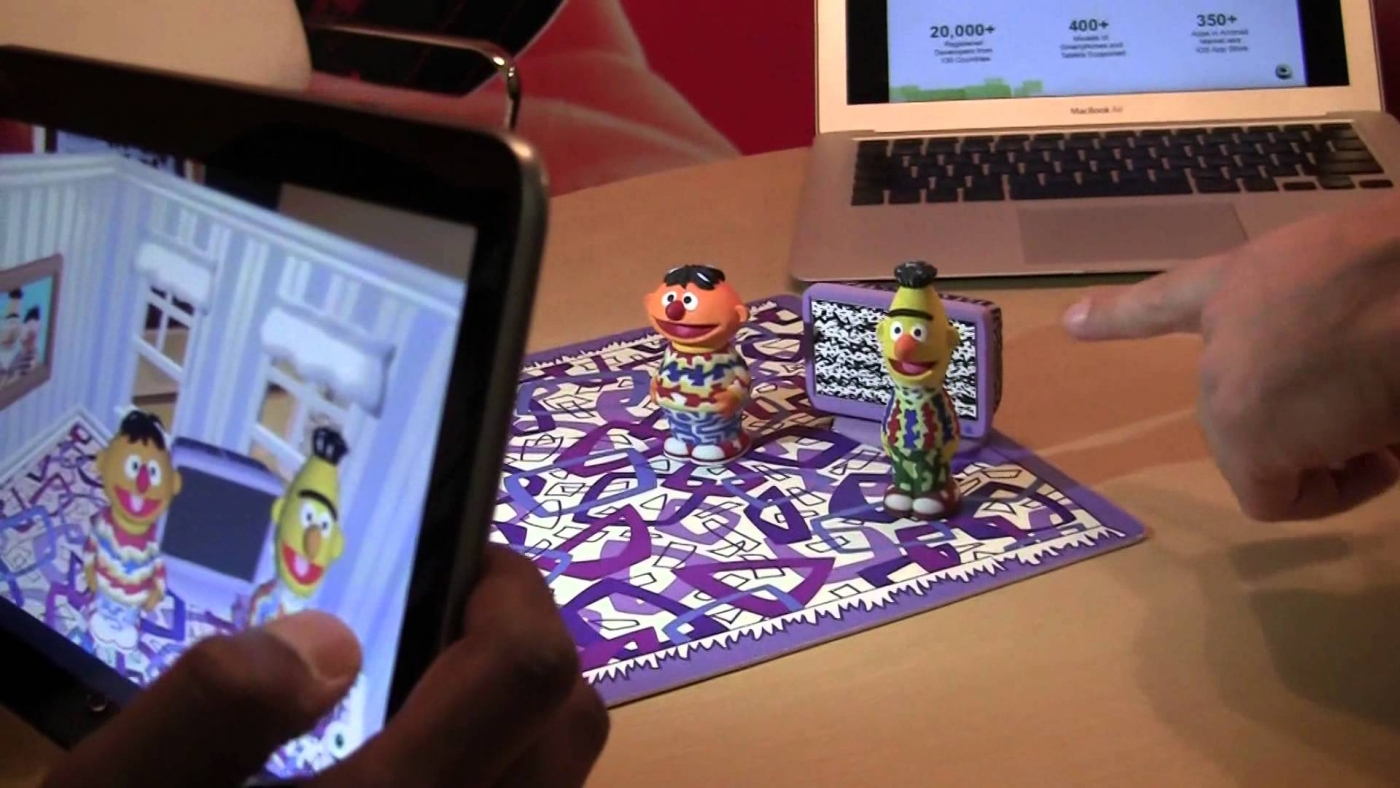Since the advent of the television, computers and more recently the iPhone, audiences have been transfixed by screen-based content. But now, with AR, we are asking our audience to look through theIr screens – back into their world – and interact with it in a totally new way. A profoundly simple idea – and one which has actually been around for a very long time – but sometimes even the best ideas require technology to catch-up, and for AR, it just has. Within the next 12 months, AR will start to make our world look and feel radically different – and brands and storytellers will need to be all-eyes.
At Apple’s WWDC, LEGO showcased their vision for how AR will transform their toy proposition, taking a step further towards a form of digital play which positions equally the physical act of building alongside the digital act of playing: a bold strategy which future proofs LEGO in an increasingly digitally-centric toy market.
That’s LEGO’s strategy, but what should be informing yours?
At PRELOADED, we believe that the strongest digital strategies for new technologies align business objectives with audience need – challenging the application from the outset. Why is AR the best technology to showcase this content objective? What does this format offer the audience that others don’t or can’t?
So in this blog, we provide some context on the state of tech for AR, and share some strong examples that we think express the power and originality of this new medium.




